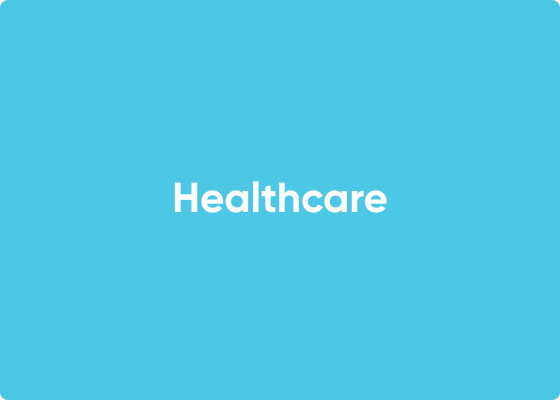Summary
An application used by functional and integrative medicine providers (pharmacists, physicians, NPs) and their support staff across the U.S.Problem Statement
Providers in functional and integrative medicine faced critical challenges managing hormone therapy (BHRT):
- Fragmented Records: Disconnected EMRs, paper files, and staff notes.
- Inefficient Onboarding: Manual data entry for comprehensive patient and family medical histories.
- Clinical Decision Complexity: Need for tailored, rules-driven lab orders and prescriptions.
- Practice Scalability: Custom workflows for different clinics; difficult to grow branded service reliably.
- Regulatory Pressures: HIPAA/privacy needs.
Project Duration
- Ongoing Platform Development: Multi-year initiative with continuous rollouts and optimizations.
- Initial MVP: 12 months for live pilot with select clinics/pharmacies.
- Wide Rollout: 18 months for >20 provider organizations.
- Current Phase: Advanced workflow automation, clinical intelligence, and provider customization.
Our Approach
1. Cloud-Based Platform- Developed a secure, HIPAA-compliant portal with 24/7 access for providers, staff, and BHRT consultants.
- Built an intuitive, guided onboarding wizard to collect patient demographics, family/personal medical history, medication/allergies, and surgeries—all in one flow.
- Admin/support staff can easily configure forms: choose from single/multi-select, free text, checkbox questions, etc. for custom data-collection suited to each practice.
- Allow physicians to define rules in plain English (“If patient age > 50 and female, recommend mammogram”) that are programmatically converted to executable business logic.
- The engine leverages onboarding data to automate lab/prescription suggestions and trigger protocol-driven clinical actions—reducing manual review and standardizing best practice.
- Automated case management steps: digital notes, communication logs, and exception routing.
- Enabled access to consulting BHRT experts for live review from within the platform.
- Launched live provider training and workflow-focused documentation; white-label features for practice branding.
Technologies Used
- Backend: ASP.Net MVC, C#, NHibernate.
- Frontend: HTML5, CSS3, Bootstrap.
- Database: SQL Server
- Security: Encrypted storage, multi-factor authentication, HIPAA-compliant infrastructure.
- Integrations: Automated messaging, scheduling, and notification API links.
Key Features
- Unified Case Management: All patient, lab, and communication data centralized and securely accessible for the whole provider team.
- Configurable Onboarding: Modular, multi-step form system streamlines, customizes, and automates patient intake.
- Rule-Driven Automation: Physicians can enter plain English rules; platform parses and applies for lab/prescription auto-suggestions and clinical actions.
- Real-Time Decision Support: The rule engine ensures fast, compliant, and evidence-based care with minimal manual input.
- Practice-Specific Branding: Clinics can brand the portal for a consistent patient/provider experience.
Challenges Faced
Technical:
- Translating natural language rules into executable code for clinical automation.
- Ensuring robust dynamic form logic that adapts to different specialties’ onboarding needs.
- Secure migration of disparate, unstructured patient data into the new platform.
Business:
- Demonstrating efficiency gain and ROI vs. traditional, manual onboarding.
- Onboarding/training support for non-technical clinical staff.
- Meeting evolving HIPAA and privacy compliance as user base grew.
Solutions Implemented
- Advanced rule engine with a parser that turns simple clinical English into logic for workflow automation and prescribing.
- Intuitive, modular form builder for “no-code” configuration by admins and power users.
- Hands-on provider training and feedback-driven release cycles to optimize user experience.
- Rigorous security practices, audit trails, and automated compliance reporting.
Outcome / Result
- Market Adoption: Now used by dozens of specialty clinics and compounding pharmacies nationwide.
- Efficiency: Dramatic reduction in onboarding/admin effort and time; higher accuracy and completeness of intake data.
- Automation Impact: Faster clinical decision-making; policy-compliant lab and Rx ordering protocol automatically enforced.
- Distinction: Praised in the integrative medicine space for both usability and technical depth—sets a new standard for customizable patient management.
Conclusion
The platform, especially its multi-step form engine and clinical rule automation, has enabled integrative healthcare clinics to deliver more personalized, efficient, and compliant care. By empowering providers to configure onboarding and automate clinical logic in plain language, it stands alone as a practice-centric, future-facing healthcare SaaS solution.
Key Success Factors
- Innovation: Configurable onboarding form builder and physician-friendly rule engine.
- Technology: Secure, rapidly extensible cloud architecture.
- Business Alignment: Designed and iterated with deep clinician collaboration, enabling true practice transformation.

